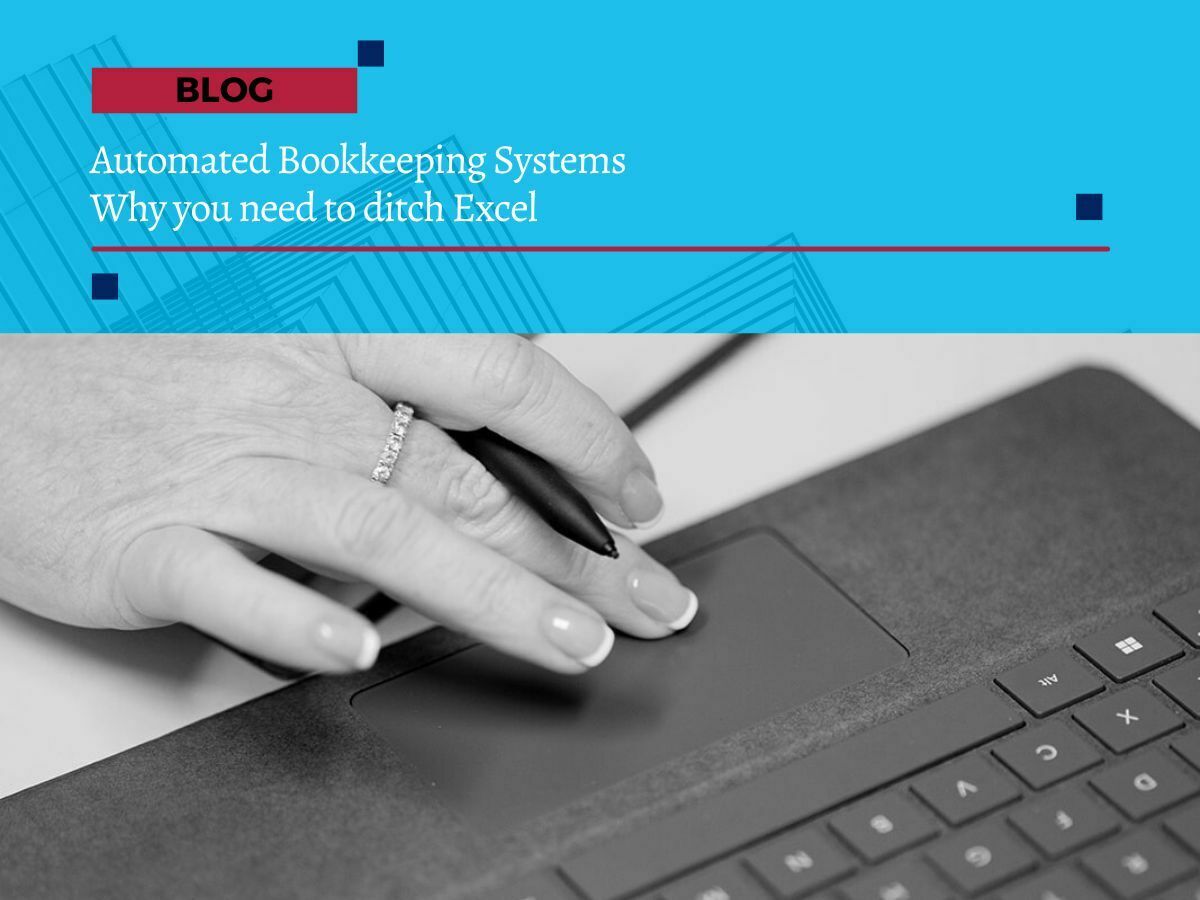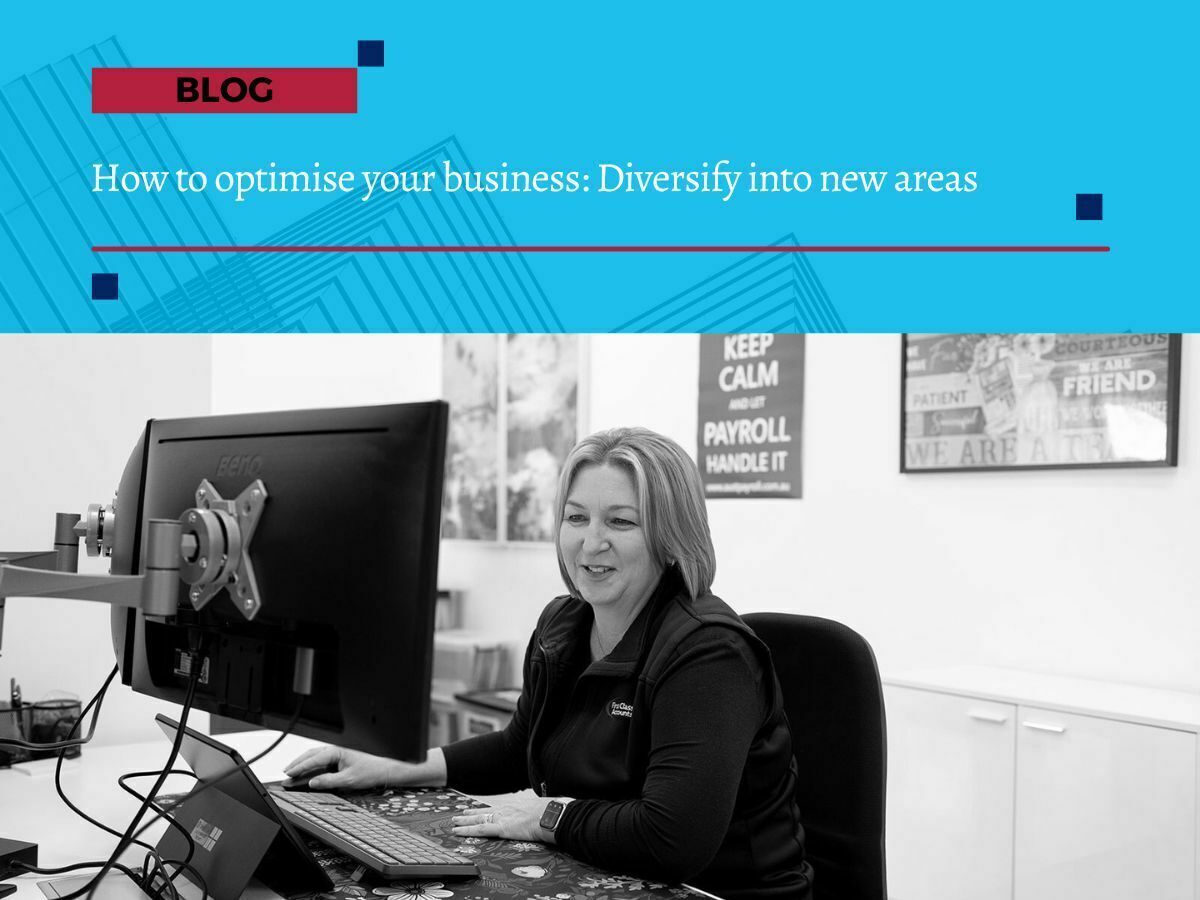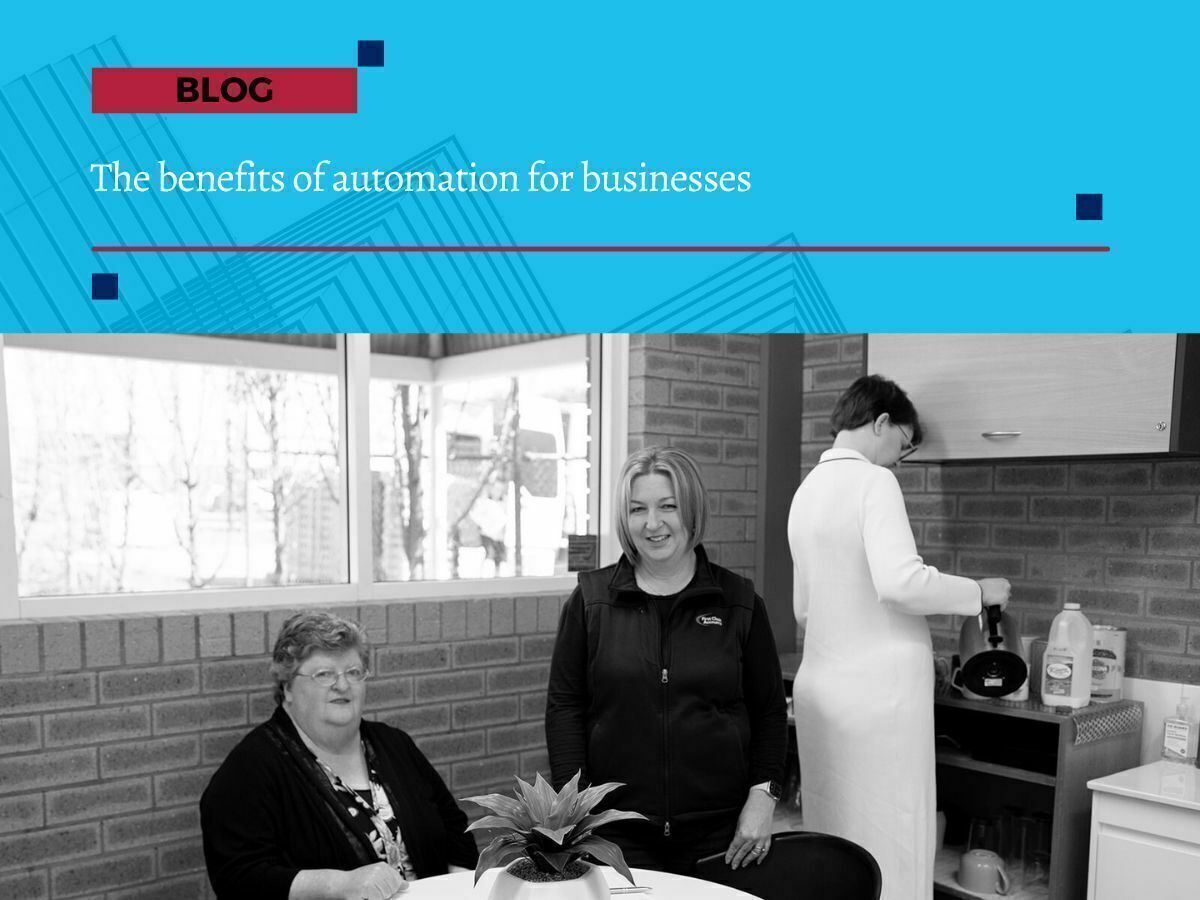
Common Software Implementation Mistakes And How to Avoid Them
Common Software Implementation Mistakes And How to Avoid Them
Implementing new software in your business should be an exciting step toward improving efficiency and productivity. The right system can streamline operations, reduce errors, and save time.
But if the implementation isn’t handled correctly, it can lead to frustration, wasted money, and unnecessary complications.
Here are some of the most common software implementation mistakes businesses make and how to avoid them.
1. Poor Data Migration Planning
Switching to new software often means transferring large amounts of data (financial records, payroll history, customer details, and more). If this data is incorrect, outdated, or messy, it can lead to serious problems.
We’ve seen businesses struggle with duplicate or missing financial records after a rushed migration.
Before moving to a new system, we recommend cleaning and verifying data to prevent errors. Our team can assist in organising and migrating financial data accurately, ensuring a smooth transition without disruptions to payroll, invoicing, or compliance.
2. Failing to Identify Business Needs Before Choosing Software
Choosing software without first assessing your needs is like hiring a new team member without checking their qualifications.
Many businesses rush into software decisions based on price or recommendations rather than determining what will best support their workflows.
Before selecting a system, consider what’s slowing your business down.
Are payroll processes taking too long?
Is invoicing a constant headache?
Are you struggling to keep track of cash flow in real-time?
First Class Accounts Ovens & Murray works with businesses to identify these bottlenecks and ensure you choose software that directly addresses your pain points.
3. Setting Unrealistic Timelines
Software implementation isn’t a one-day job. Expecting a full rollout in a short period often leads to rushed processes, poor training, and mistakes that could have been avoided.
A phased approach is often the best strategy. Set realistic goals and ensure your team has the time and support to adjust. We work with businesses to create structured implementation plans, helping them transition without disrupting daily operations.
4. Ignoring Software Integration
A common mistake is choosing software that doesn’t integrate well with existing systems. For example, if your payroll system doesn’t connect with your accounting software, you might end up entering the same data twice—leading to inefficiencies and increased risk of errors.
At First Class Accounts Ovens & Murray, we help businesses select and implement solutions that integrate seamlessly. When implementing Xero and add-on Apps, or another financial management tool, we ensure your systems work together to simplify reporting and reconciliation processes.
5. Not Involving Your Team Early On
Software isn’t just about features, it’s about how well your team can use it.
Rolling out a system without their input can result in resistance, confusion, and lack of adoption.
To prevent this, involve key staff members from the start. If you're implementing a new accounting or payroll system, consult the people who will use it daily.
We’ve seen businesses struggle with software adoption simply because their teams weren’t included in the decision-making process.
6. Skipping Proper Training
Software is only as good as the people using it. Without proper training, teams tend to stick to old habits or misuse the system, leading to errors and inefficiencies.
If you're implementing bookkeeping or payroll software like Xero, it’s crucial to have role-specific training. A payroll administrator needs different training than someone handling accounts payable.
First Class Accounts Ovens & Murray can provide training sessions to ensure your team fully understands and utilises the software’s features, reducing errors and improving efficiency.
Setting Your Business Up for Success
Software implementation should be a step forward, not a setback.
With the right planning, training, and support, your business can avoid these common pitfalls and make the most of new technology.
First Class Accounts Ovens & Murray is here to help. Whether you need assistance selecting the right software or managing a seamless transition, get in touch with us today to make your software implementation a success.








